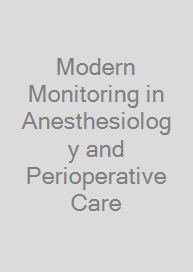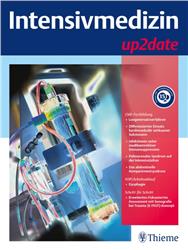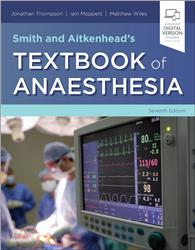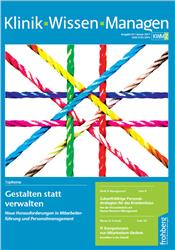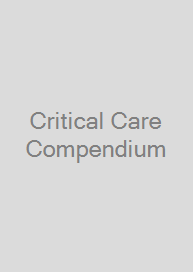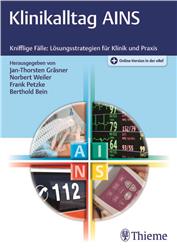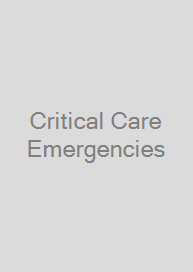Modern Monitoring in Anesthesiology and Perioperative Care
| Auflage | 2020 |
| Seiten | 196 pp., 64 illus. |
| Verlag | Warner Home Entertainment |
| ISBN | 9781108444910 |
| Artikel-Nr. | 616838 |
Lieferzeit ca. 5 Wochen
Produktbeschreibung
Close monitoring of patients during anesthesia is crucial for ensuring positive treatment outcomes and patient safety. The increasing availability of new technologies and the repurposing of older monitors means more patient data is at anesthesiologists' fingertips than ever before. However, this flood of options can be overwhelming. A practical resource for understanding this array of clinical monitoring options in anesthesia, this important text focuses on real world applications in anesthesia and perioperative care. Reviewing the evidence for improved patient outcomes for monitoring technology, neurological monitoring, echocardiography systems and ultrasound are amongst the techniques covered in a head-to-toe approach. Statistics used by manufacturers to gain approval for their technology are discussed, as well as the under-appreciated risks associated with monitoring such as digital distraction. Future monitoring technologies including wearable systems are explored in depth. Focusing on applied practice, this book is an essential text for front-line healthcare professionals in anesthesia.
Reviews the evidence for improved patient outcomes for each monitoring technology, helping readers to decide whether to incorporate a monitoring system into their workflow
A practical resource for clinicians, the text discusses the commercial availability of systems, the physiological background behind its application, and the technological underpinnings of the systems
Includes a chapter on statistics, which is a largely unknown field that most texts do not cover, that will inform readers about standards of monitor manufacturing and how this could affect patient care
Includes a chapter on emerging risks in patient monitoring such as digital distraction and data overload, and how clinicians can be aware and mitigate these problems without endangering their patients' lives
Reviews the evidence for improved patient outcomes for each monitoring technology, helping readers to decide whether to incorporate a monitoring system into their workflow
A practical resource for clinicians, the text discusses the commercial availability of systems, the physiological background behind its application, and the technological underpinnings of the systems
Includes a chapter on statistics, which is a largely unknown field that most texts do not cover, that will inform readers about standards of monitor manufacturing and how this could affect patient care
Includes a chapter on emerging risks in patient monitoring such as digital distraction and data overload, and how clinicians can be aware and mitigate these problems without endangering their patients' lives
Fachzeitschriften

Bleiben Sie informiert!
Melden Sie sich für den frohberg.de-Newsletter an und nutzen Sie jetzt Ihre Vorteil:- Willkommens-Dankeschön: Beatmungsmaske Rescue Me
- Aktuelle Neuerscheinungen und Empfehlungen
- Exklusive Angebote und Kongress-Highlights
